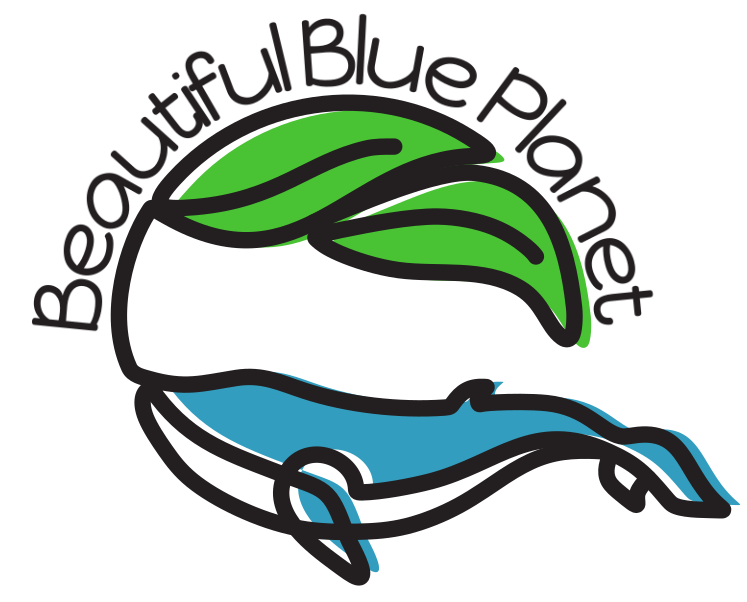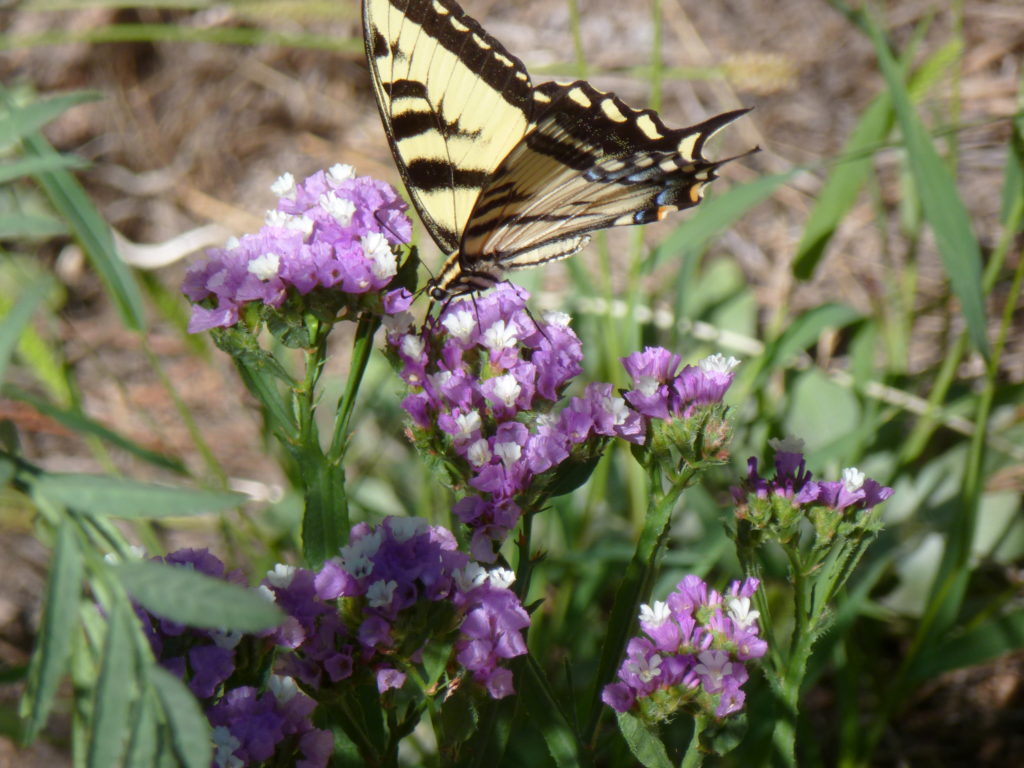Don’t Miss This Key Ingredient for a Successful Butterfly Garden
Feed both stages of butterflies in your butterfly garden to really help boost their populations
You may have a butterfly garden or want to start one. Everyone loves to see and watch butterflies. They fill us with wonder as we appreciate their fluttering from flower to flower and then off to another site to search for more flowers.
We know they need flowers for nectar. And we know that in the process of landing and sucking up the nectar that they pick up pollen and carry it to the next flower, pollinating as they go.
So we plant flowers to feed and ‘help’ the butterflies, and to bring them into our gardens so we can see them.
But the flowers only help one phase of their lives and if we help the other phase we can really contribute to boosting their population.
We’re losing pollinators at a rapid rate for a variety of reasons. But the biggest reason is habitat loss.
A well thought out butterfly garden is something most people can do that can greatly contribute to improving butterfly populations.
Butterfly gardens are a great place to concentrate our resources and effort.
We all love flowers and butterflies and we get both in a butterfly garden. Most of our cutting flowers supply nectar for butterflies. And culinary herbs feed butterflies, too.
But butterflies need more than nectar. They need food for their caterpillars. For a butterfly garden to help the planet, include the plants that feed the caterpillars. And create a butterfly garden that truly creates a home and sanctuary to breed and sustain butterflies.
There are two categories of plants to include in a butterfly garden
Butterflies are famous for going through their metamorphosis. The most noticeable phase is the adult stage, the butterfly.
The less noticeable stage is the larval stage, the caterpillar. And what do caterpillars eat? Leaves. And what leaves do they eat? Every species has its own plant or group of plants that they eat.
In a nutshell, they eat plants that are native to where they live.
You know what the monarch eats
First, think of the monarch butterfly. Everyone in North America knows of the plight of the monarch. Everyone knows that we must plant milkweed to help save it. Why? Because it’s the only plant it can eat. Its digestion is completely engineered around and dependent on that plant.
We also know that it faces many challenges as it goes through its lengthy journey down half a continent, over the course of several generations, even! Its impressive migration and unique food source has captured the interest of the world. It is indeed a bellwether for butterflies, pollinators, insects, and the health of the planet.
As a result, North Americans have been rallying around what we can do to save the monarch. By planting milkweed in our gardens.
Interestingly, I grew up when and where milkweed was abundant in fields, in clearings recovering from disturbance, and at the “weedy” edges of parking lots.
I remember noticing those big pods opening up and seeing the seeds blowing in the breeze with their filamentous parachutes designed to keep them aloft so they could drift further away to continue their task of feeding the monarch.
Now that we have paved, built, landscaped with exotic plants, and built some more, we are desperate to bring milkweed back to save a humble butterfly that takes an impressive journey.
It’s a native plant that sustains this butterfly.
Include native plants in your butterfly garden
All butterflies need specific leaves. As plants evolved so did the insects. And each insect evolved eating its particular plants. After millennia, this requirement remains.
Some eat leaves from only one species or genus of plants, like the monarch. And some will eat the leaves of a variety of plants. For example, a wide variety of native plants in my area host the pale tiger swallowtail. But the California tortoiseshell only eats a variety of plants from the genus Ceanothus. If you think there are enough native plants around your garden, you still may not have exactly what the butterflies need. Ecosystems have been altered by human activity,
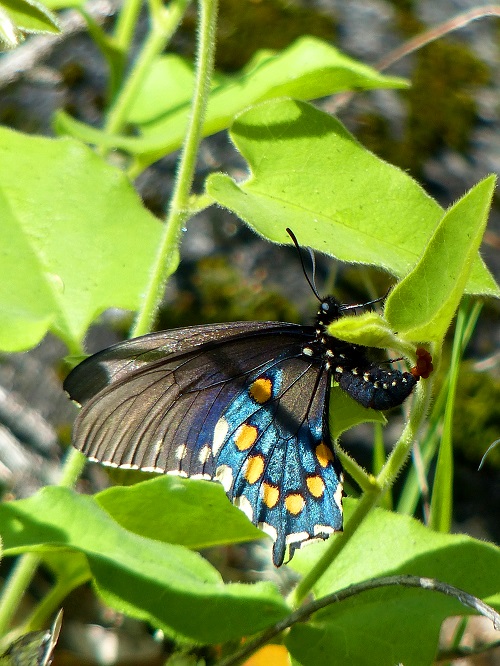
credit: Nancy Gilbert
possibly more than you may know.
If you live away from natural areas, you’ll have to really focus on natives to generate a breeding ground. If you live near natural spaces you’ll need to embellish with missing natives to increase the butterfly breeding ability of your garden.
What happens if there aren’t enough native plants? There will be fewer caterpillars, and fewer butterflies. And since the caterpillars are important food sources for birds, especially in the spring to feed their young, it will mean fewer birds, too.
If you want to have butterflies, you need to supply them with their caterpillar food, native plants. The plants that each butterfly needs is called the host plant.
Does that mean you’ll have holes in your leaves?
Sure, native plants that get eaten by caterpillars will have some holes and chewed up edges in the leaves. But up to 15% damage and you’ll probably not notice it. If you do, then maybe you’ll need to wait until a proper bird population is re-established. Because caterpillars are an essential food source of birds, especially in the spring when the birds are rearing their young. So birds provide a check against a caterpillar overpopulation.
Or do other things to boost the natural checks and balances all ecosystems come with, like include plants that attract beneficial insects. They can keep a caterpillar population from getting too high.
Meanwhile, why not consider those caterpillar-chewed leaves as a badge of service in restoring butterfly populations?
What else do butterflies need?
Butterflies also need water, mud, and shelter.
The water can be from a bird bath, or a puddle that gets refreshed often. The advantage of a puddle in the soil is that the butterflies need minerals from the soil and this is how they get them.
Shelter protects butterflies from wind as they feed on nectar. And it allows places to rest at night. Sheltering a butterfly garden with tall shrubs on the side of the prevailing wind direction will offer a calm garden and foliage for the butterflies to roost at night.
Trees will provide shelter, too, but may give too much shade. So it depends on your location.
Selecting natives, though, will provide a win-win benefit for your butterfly garden. Nearly all native plants provide foliage for one or more species of butterflies.
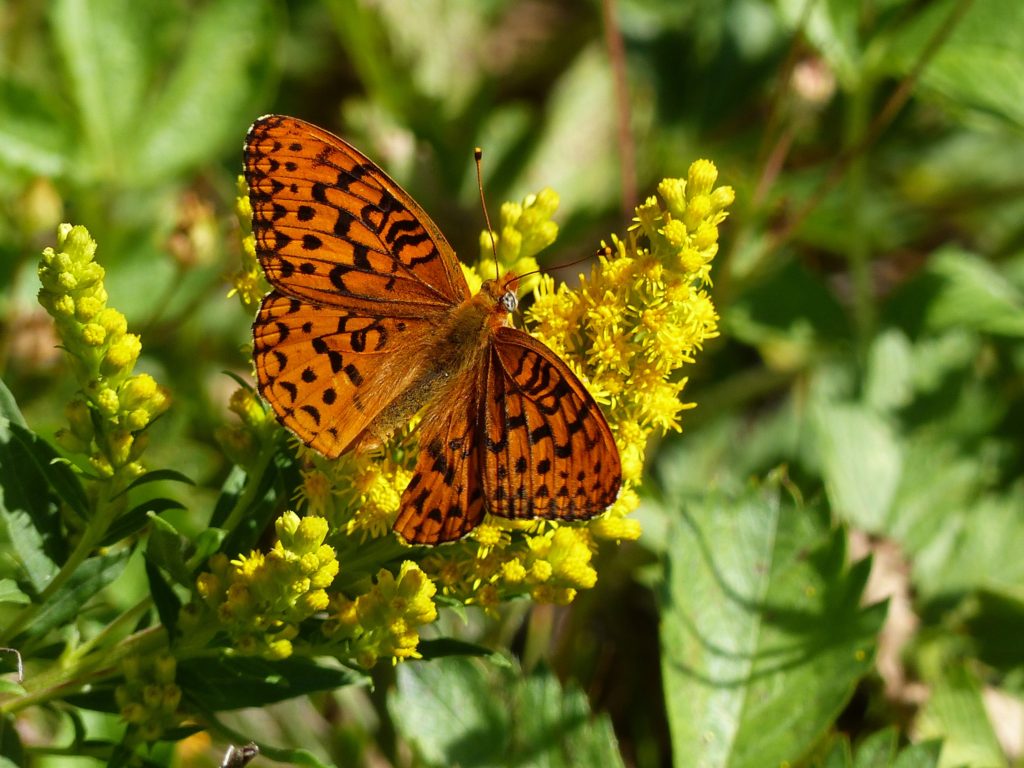
What natives should you plant?
There are good organizations with information: the National Wildlife Foundation has a plant finder page where you type in your zip code and go to a page with all the plants that grow in your area that host butterflies and moths. You can click a plant and see what that plant hosts.
The National Butterfly Center, which is along the Rio Grande, The North American Butterfly Association, The Butterfly Site, which is geared for kids, and joyfulbutterfly.com, which has information, seeds and plants available, from South Carolina, all have good information and are great to keep up with.
If you live in California, as I do, we have the perfect resource for knowing what host plants to use in our butterfly gardens! It’s called Calscape.org, maintained by the California Native Plant Society. It catalogs all the native plants in all areas of California. Each plant description provides a list of butterflies and moths that use it as a host plant. Then you can look up whether that butterfly lives in your area. And then you can even go to see what else this butterfly uses as a host plant! This allows you to really select the best plants for an effective breeding butterfly garden. It even lists nurseries that carry the plants.
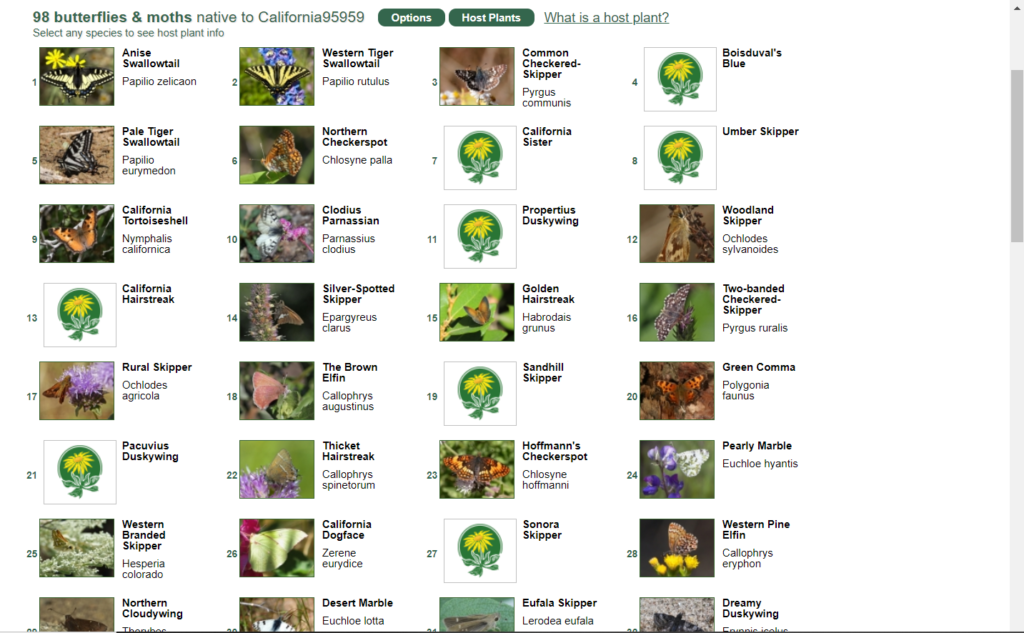
How to get the plants
Unfortunately you need to do some work to get to your source of native plants. Your state’s native plant society will have information and plant sales. If you have a local butterfly sanctuary or association, they’ll have information and possibly plant sales. And these organizations are great to support. There may be native plant nurseries near you, too.
One thing that may be really helpful to get more native plants available in nurseries is to go in and ask for them. Speak to the people who work there, especially the buyer for the nursery, and let them know why you want that plant. When people ask for things, especially smaller nurseries, it creates a demand that needs to be filled. Tell your friends and neighbors to do that, too!
In my garden I like to have big butterfly bushes (Buddlea davidii) because they attract butterflies, moths, skippers, and hummingbirds, and all sorts of native bees. It is a delight to watch these pollinators and makes me happy to see that they’re around me. But butterfly bush is native to Asia and so do not feed the caterpillars. So I also plant natives all around my garden, including native milkweed. I harvest flowers, herbs, and vegetables from my garden and the rest is for the natives, to grow our butterflies.
Go get your butterfly host plant list started now!
